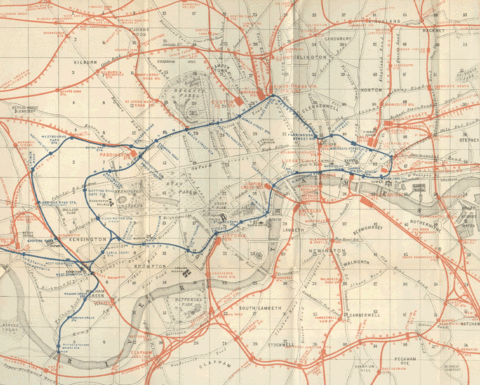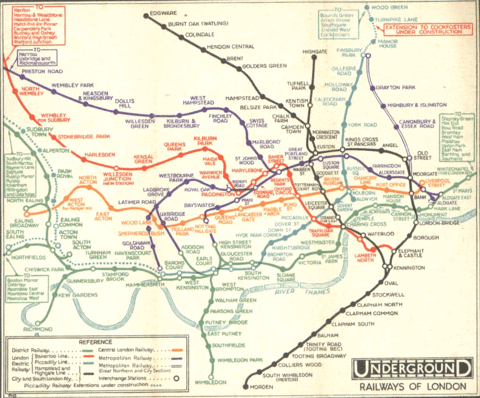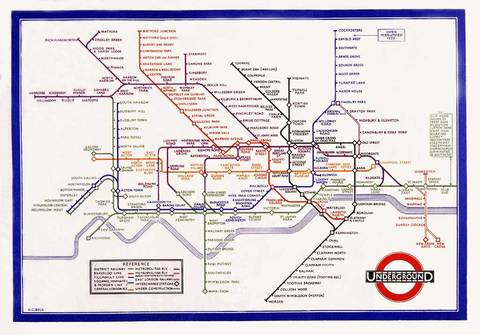When shaping information, either as an designer or as an information manager, it's the chosen view that depicts what is told. See for an example the dutch article "Subjectieve bewijsvoering (Subjective reasoning)" about the cholera map of Snow.
Another example is the Underground Map of London. The map of 1889 tells us about the real geographic locations of the railwaystations. The river Thames, Kensington Gardens, Baker Street, Oxford Street all geographical locations are visible. You could use it for walking to the station entrances.
But through time, when lines and stations expanded, the map became cluttered and complex. As a first step towards todays underground map they removed all geographical information although the line where still geographical correct. In 1932, the map looked like a huge and complex system. And distance was still displayed. The locations of the more far way stations who didn't fit on the map where mentioned as text in the margins of the map.
Then in 1933 one of Britain's great design icons the London Underground Map was made. Harry Beck, an engineering draftsman designed a schematic diagram. Instead of representing the real geographical position of the stations it shows the orientation and connections of the different lines. The information about the distance between two stations is abandoned. Something I learned the hard way on one of my first visits to London. I took the tube to find out later that instead of sitting for 20 minutes in the metro I could have walked it in just a few minutes.
It was Beck with his background of engineering who put some sense in this complex geographical system by recognizing that not the distance was important for underground travelers but the connections where. He recognized that the viewpoint depended on the goals of the user. And subway users need information about crossroads.
Related information:
• BBC TV 4 - Design Classics - The London Underground Map.avi (a must see!)
• Wikipedia: Tube Map.
• Icons a portrait of England: The Tube Map, Harry Beck's Iconic Map.
• Transport for London. Todays underground maps.























Leave a comment